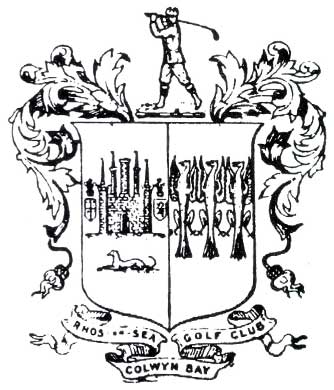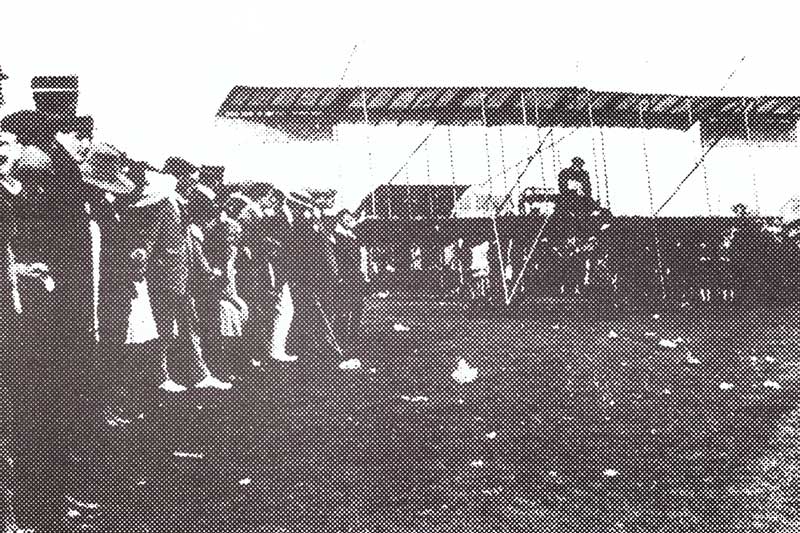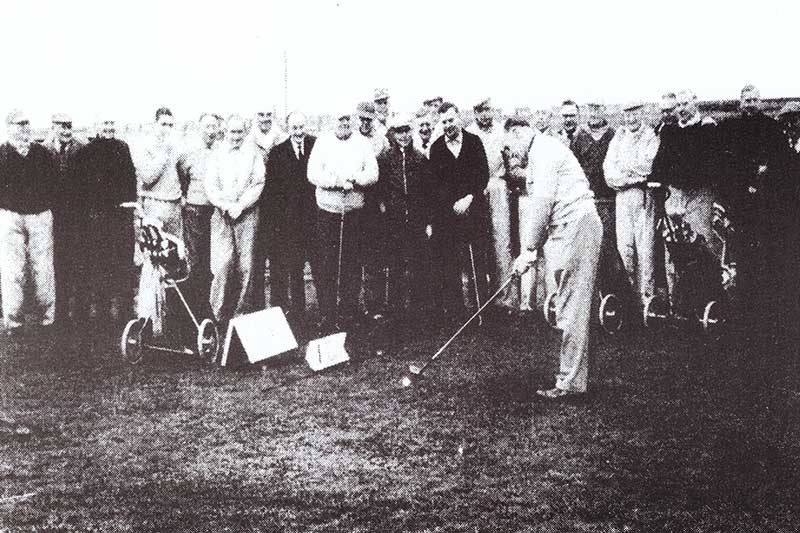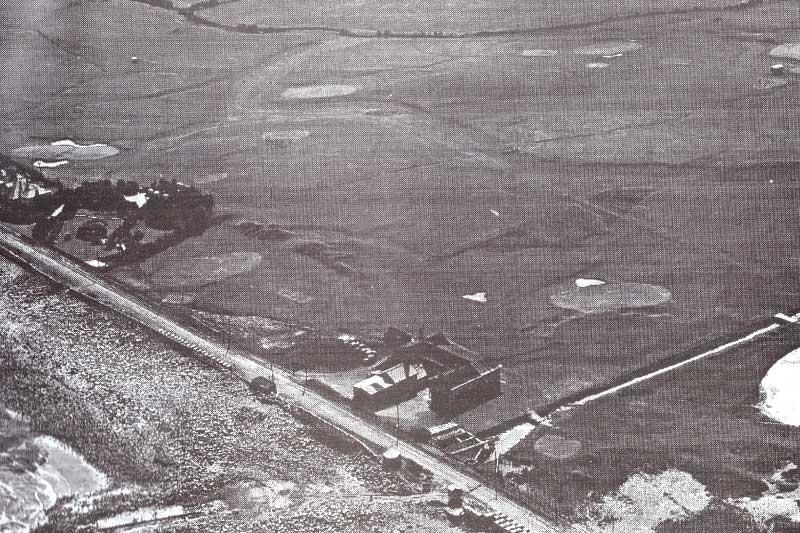History
Rhos on Sea Golf Club was founded in 1899 by a well-known local architect Mr W H Goldsmith. He was invited to develop a seaside golf course over 120 acres of Rhyd Farm, owned by Mr William Horton, JP. The original farmhouse was used as the clubhouse until it was demolished in 1905 to make way for the existing building that you see today.
It is worth noting that within their original documents they describe some of the greens as just about as fine natural sites as we have ever seen and every bit as good as St Andrews
In 1934 Mr J Simpson of Simpson & Co. Golf Architects Ltd. were commissioned to redesign the course and the current layout is based upon their plans and drawings. In 1981 the playing order of the holes was reversed, conveniently situating the 18th green just in front of the clubhouse.



